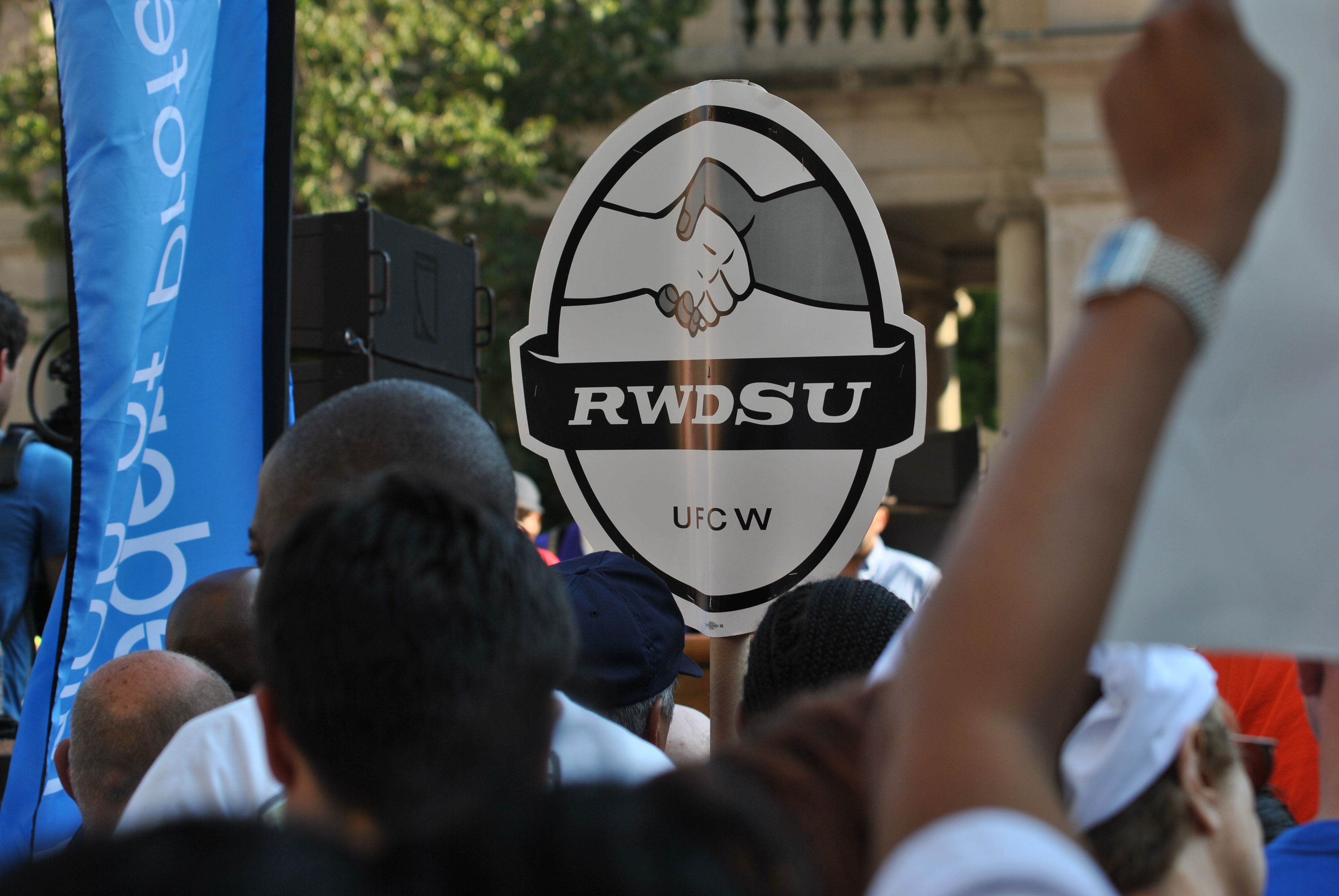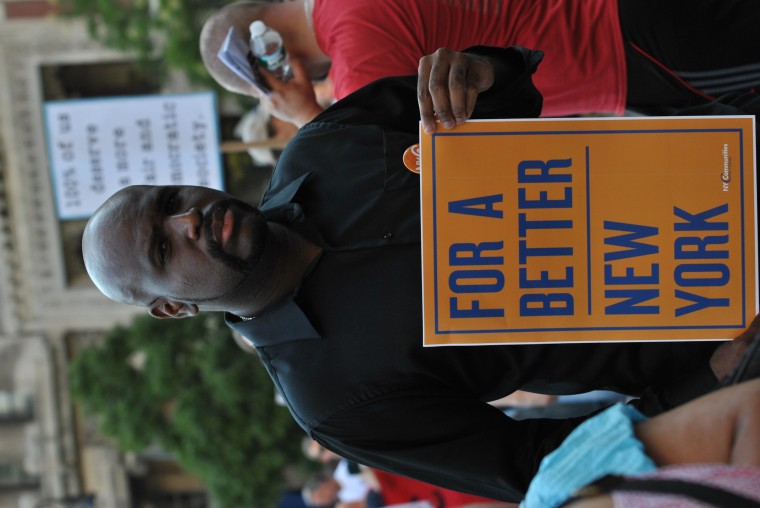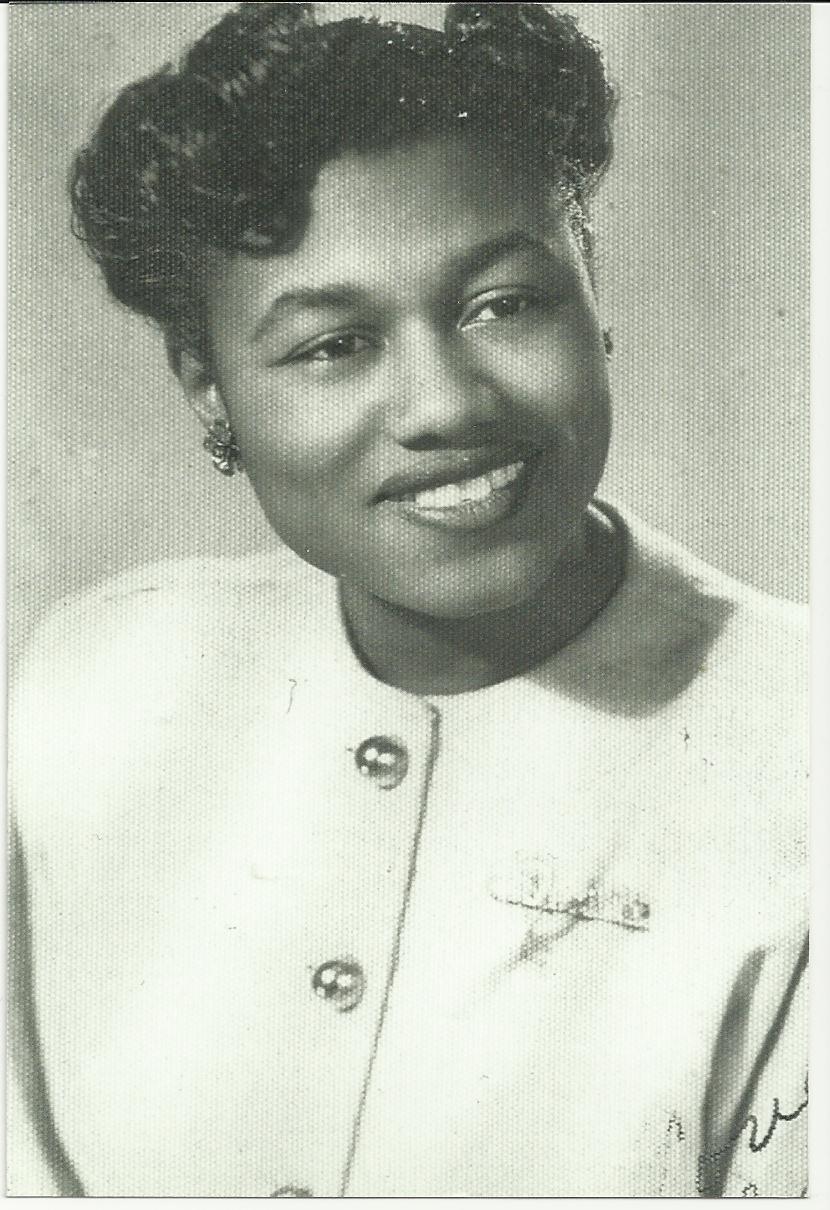












The past week has seen an increased vocal presence for a group that’s highly discussed but never heard from. On Tuesday afternoon, union members, activists, workers and local officials marched from Herald Square to Union Square in Manhattan to rally in favor of a living wage and an increase in the minimum wage.
Low-wage workers from the supermarket, car wash, retail and airport industries and employers like Walmart, Cablevision and Con Edison were joined by local officials, including New York City Council Speaker Christine Quinn, New York Council Member Letitia James, members of UnitedNY, New York Communities for Change and La Fuerte.
Several Walmart employees were set to testify at the rally once it made its way to Union Square. Before low-wage workers told some of their stories at the crowd in attendance, they sent emailed statements to the AmNews about their experiences.
Ernestine Basset, a Walmart associate in Laurel, Md., discussed his time at one of the biggest employers in America. “Before coming to work at Walmart, I retired from a union job with good wages and benefits,” he said. “Unfortunately, like many Americans, I found that I needed to go back to work to bring home a little more income. The contrast of working at Walmart has been shocking. The best way to describe it is that at my previous job I was treated like an adult, and at Walmart, we are humiliated and treated like children. Are those the kind of ’employment opportunities’ New Yorkers want?”
Girshriela Green was recently fired from her job at a Walmart in Crenshaw, Los Angeles, after her work with the organization OUR Walmart in an attempt to organize labor.
“The majority of people in our job carry three cards–our Walmart associate card, our discount card and a welfare card,” said Green. “I have visited New York and met with community groups and elected officials to tell them about our struggles at Walmart so they know what they are in for should Walmart try to set up shop in New York.”
During a conference call last Thursday, they discussed another recently released report by the community groups UnitedNY and ALIGN. The report named what they felt were some of the worst employers of low-wage labor in the city, including John Lage, the owner of multiple car washes, Toys ‘R’ Us and Con Edison. Among the report’s findings was that over 25 percent of workers in the New York City area earn below $25,000 a year. According to the report, minimum wage jobs are the fastest growing sector in New York.
“Hard-working New Yorkers deserve more from this economy,” said Stuart Appelbaum, president of the Retail, Wholesale and Department Store Union, during a conference call last Thursday. “People are really struggling to get by. They’re working hard and they’re not benefitting the way that they should from this economy. It makes economic sense for low-wage workers to make more. The only way we’re going to have a recovery in the city that touched people is if lower-wage workers get more. Everything they get will be spent in this economy.”
Albany has also gotten into the low-wage conversation with a recently released report on minimum wage in New York by the New York State Democratic Conference. According to the report, at today’s rate of $7.25 per hour, it would take a rate increase of $3.60, or 49.7 percent, to restore the purchasing power of the state’s minimum wage to its 1970 level.
“Though neither of the bills introduced in the Legislature this year come close to a full restoration of the minimum wage’s peak buying power, either measure would go a long way to restoring the dignity and self-worth of our lowest-paid workers,” read the executive summary of the report. “Legislation introduced by Senator Espaillat would increase the rate to $8.50 in 2013, $9.25 in 2014 and link it annually to a regional Consumer Price Index (CPI) thereafter. Assembly Speaker Silver’s bill, which is sponsored by Senator Klein in the Senate, would increase the rate to $8.50 in 2013 and link it to the CPI thereafter.”
New York State Sen. John Sampson said this report serves as a wakeup call.
“Today’s report expands on what the Senate Democratic Conference has consistently said over the past legislative session. Our state needs a higher minimum wage and our economy will improve once New Yorkers are better compensated for their hard work,” said Sampson. “I urge my Republican colleagues to end their pandering to special interest campaign donors and instead listen to the experts, small-business owners, minimum wage earners and the state’s residents and join the Democratic Conference to bipartisanly increase the minimum wage.”



